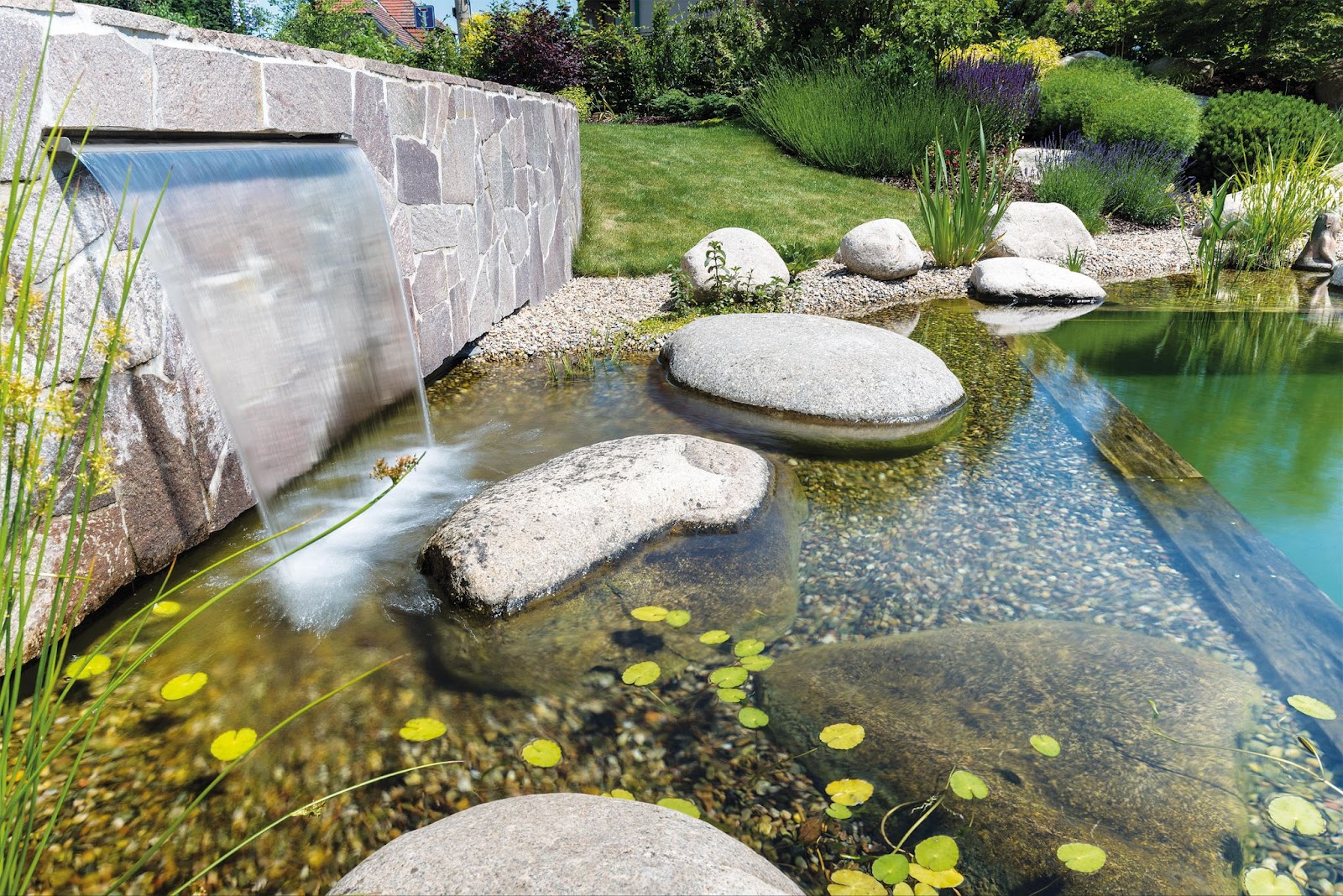As the colder months approach, maintaining your Oase pond becomes a top priority. Winter can be a challenging time for pond owners, as falling temperatures can lead to a buildup of sludge, debris, and toxins that harm aquatic life. Properly cleaning your Oase pond before winter sets in is essential to ensure a healthy environment for your fish and plants. In this guide, we’ll explore the best practices for winter pond maintenance, focusing on how to keep your Oase pond in optimal condition.
Why Clean Your Oase Pond Before Winter?
Winter poses unique challenges for pond owners. As temperatures drop, fish become less active and enter a state of hibernation. Meanwhile, organic waste, such as fallen leaves, dead plants, and uneaten fish food, accumulates at the bottom of the pond. If left unchecked, this waste can decompose and release harmful toxins, such as ammonia and methane, which can suffocate fish and disrupt the pond’s ecosystem.
Cleaning your Oase pond before winter ensures that these toxins are removed, reducing the risk of water quality issues. Additionally, a clean pond is less likely to freeze over completely, allowing for proper gas exchange and preventing the buildup of harmful gases.
How to Clean Your Oase Pond for Winter
Cleaning your Oase pond doesn’t have to be a daunting task. With the right tools and techniques, you can efficiently remove sludge, debris, and excess water, ensuring a healthy environment for your aquatic life. Here’s a step-by-step guide to winter pond maintenance:
1. Remove Debris and Sludge
The first step in cleaning your Oase pond is to remove any visible debris, such as leaves, twigs, and dead plants. Use a pond net or skimmer to scoop out floating debris. For sludge and waste at the bottom of the pond, a pond vacuum is an invaluable tool. These devices are designed to suck up sludge, algae, and decaying matter without disturbing the pond’s inhabitants.
2. Partial Water Change
While cleaning your Oase pond, you may need to remove some of the water. This is an excellent opportunity to perform a partial water change, which helps dilute toxins and replenish essential minerals. Use a pond pump or vacuum to remove 20-30% of the water, and replace it with fresh, dechlorinated water.
3. Check and Clean Filters
Your pond’s filtration system plays a crucial role in maintaining water quality. Before winter, inspect and clean the filters to ensure they’re functioning efficiently. Remove any debris or buildup that could impede water flow. If necessary, replace worn-out filter media.
4. Trim and Prune Plants
Aquatic plants can contribute to the buildup of organic waste in your Oase pond. Trim back overgrown plants and remove any dead or decaying foliage. This not only improves the pond’s appearance but also reduces the amount of waste that can decompose and release toxins.
5. Protect Your Fish
As you clean your Oase pond, take care not to stress or harm your fish. Avoid using harsh chemicals or cleaning agents that could disrupt the pond’s ecosystem. If you need to remove fish temporarily, place them in a holding tank filled with pond water and ensure they’re kept in a safe, temperature-controlled environment.
Enhancing Your Oase Pond’s Winter Readiness
Beyond cleaning, there are several steps you can take to prepare your Oase pond for winter:
1. Install a Pond Heater or De-Icer
In regions with freezing temperatures, a pond heater or de-icer can prevent the surface of your Oase pond from freezing over completely. This allows for proper gas exchange and ensures that harmful gases, such as methane, can escape.
2. Add Beneficial Bacteria
Beneficial bacteria products can help break down organic waste and maintain water quality during the winter months. These bacteria are particularly useful in colder temperatures, as they continue to function even when fish and plants are less active.
3. Monitor Water Quality
Regularly test the water in your Oase pond to ensure that pH, ammonia, nitrite, and nitrate levels are within safe ranges. Addressing any imbalances early can prevent problems from escalating during the winter.
FAQs About Winterizing Your Oase Pond
Does Cold Weather Kill Pond Bacteria?
Many pond owners believe that cold weather completely eliminates beneficial bacteria. However, while bacterial activity slows down in colder temperatures, it doesn’t stop entirely. Some strains of beneficial bacteria continue to function and help break down organic waste, making them essential for winter pond maintenance.
Should You Feed Fish During Winter?
Fish enter a state of hibernation in cold temperatures and require less food. Overfeeding can lead to excess waste, increasing ammonia levels in the water. It’s best to stop feeding once water temperatures drop below 50°F (10°C).
Will a Pond Heater Harm Fish?
A pond heater is designed to prevent freezing, not to heat the entire pond. It creates a small opening in the ice for gas exchange, ensuring your fish remain safe and healthy.
Can Ice Completely Kill Pond Fish?
If an Oase pond is properly maintained, fish can survive under ice as long as gas exchange is maintained. Using a pond de-icer or aerator prevents a complete freeze-over, keeping oxygen levels stable.
Do You Need to Drain Your Pond Completely?
Draining your pond completely is unnecessary and can be harmful to fish and plants. A partial water change and proper winterization steps are sufficient to maintain water quality and protect aquatic life.
Conclusion
Cleaning your Oase pond for winter is a crucial step in maintaining a healthy and thriving aquatic environment. By removing debris, performing a partial water change, and taking preventive measures, you can ensure that your pond remains in excellent condition throughout the colder months. Whether you’re a seasoned pond owner or a beginner, following these tips will help you keep your Oase pond clean, clear, and ready for winter.
Keep an eye for more latest news & updates on My Stories List!
